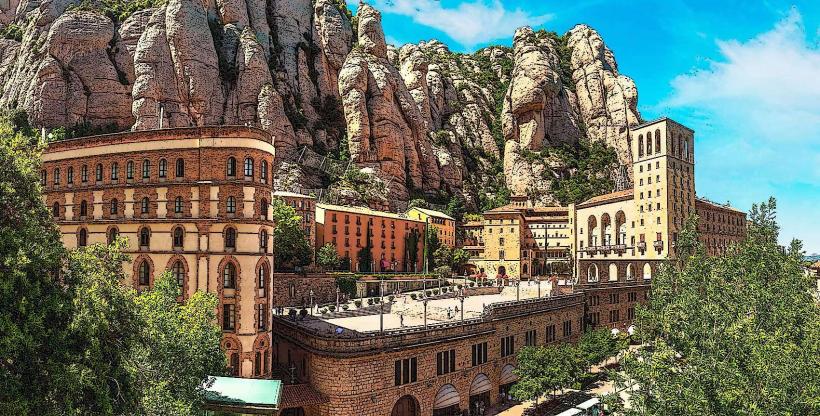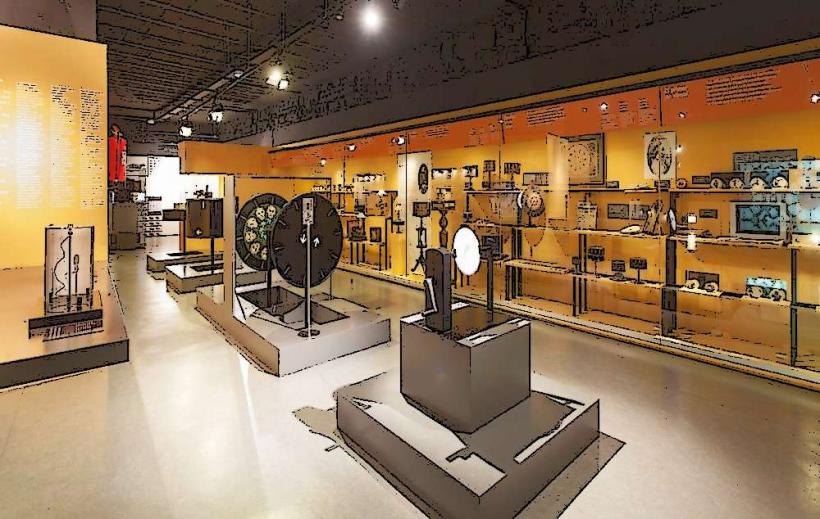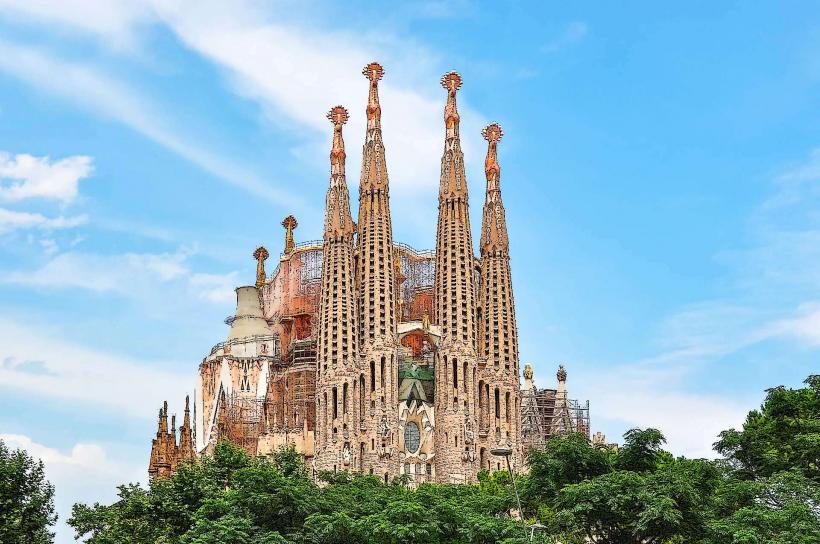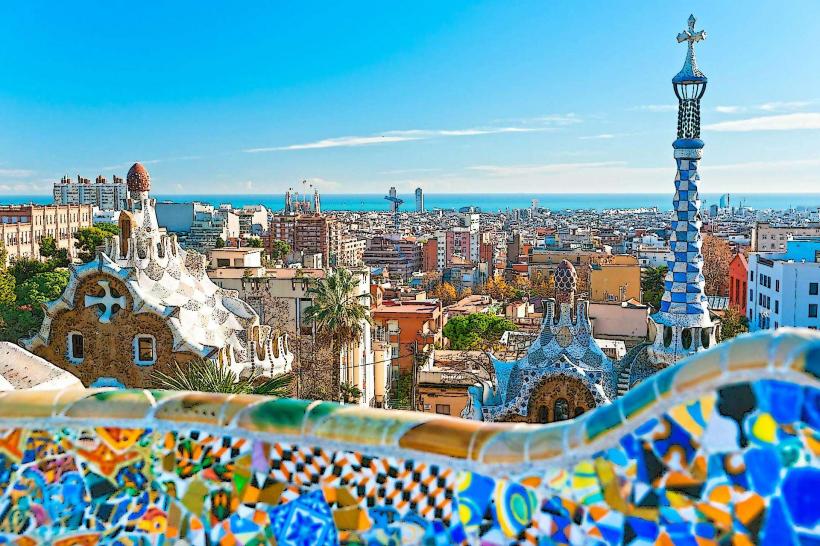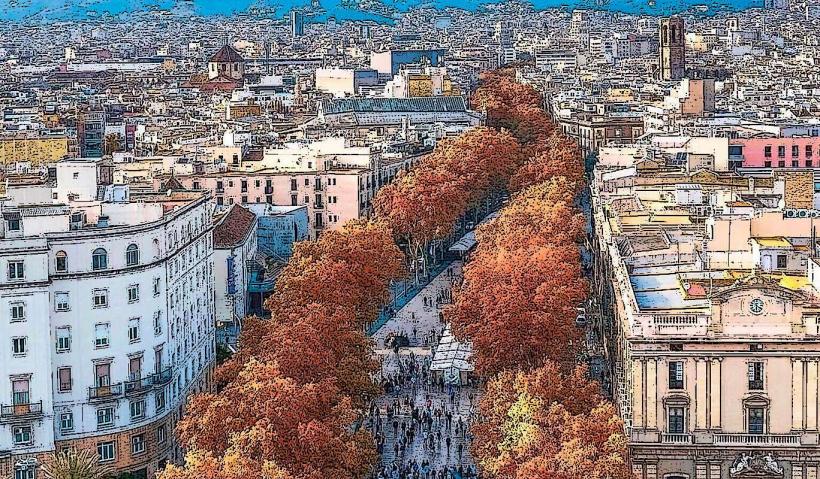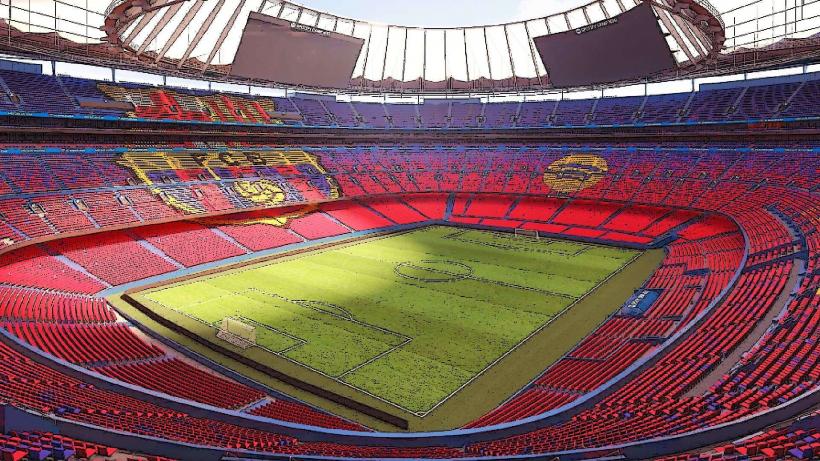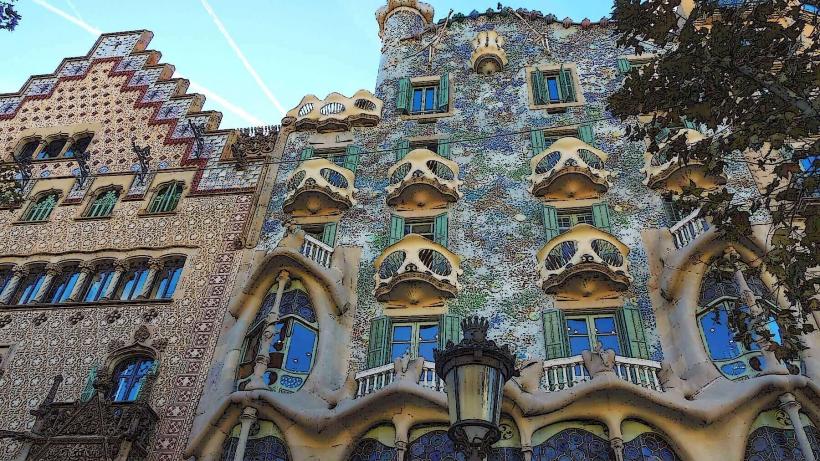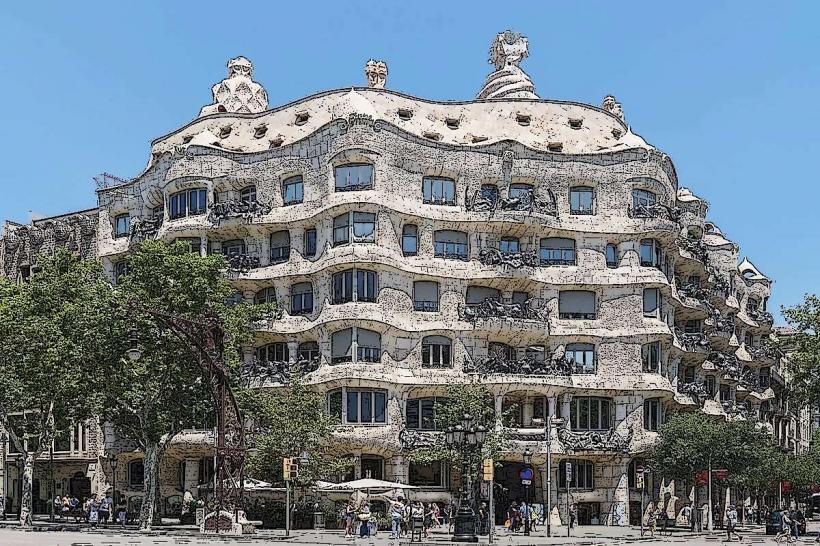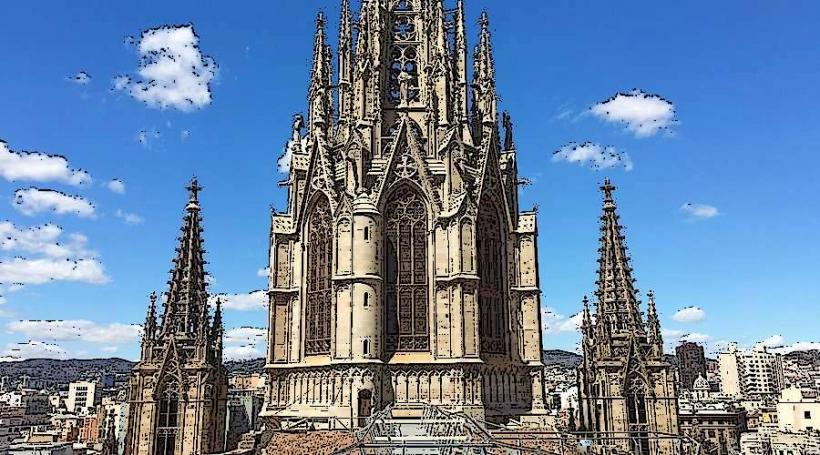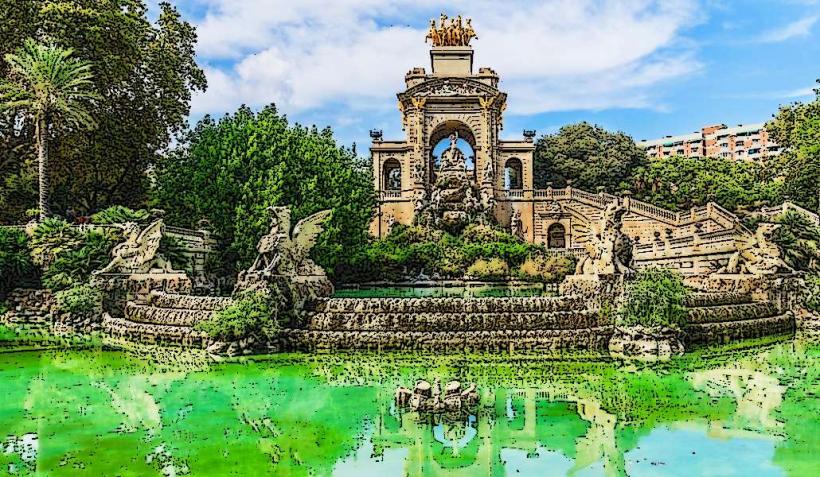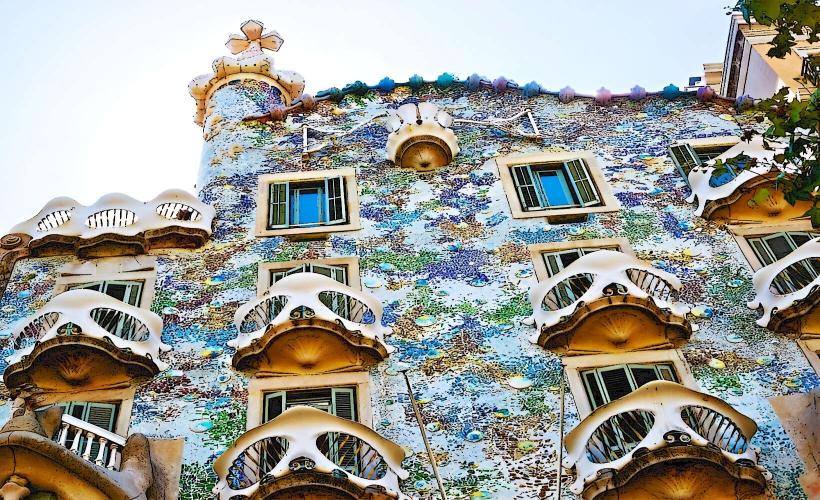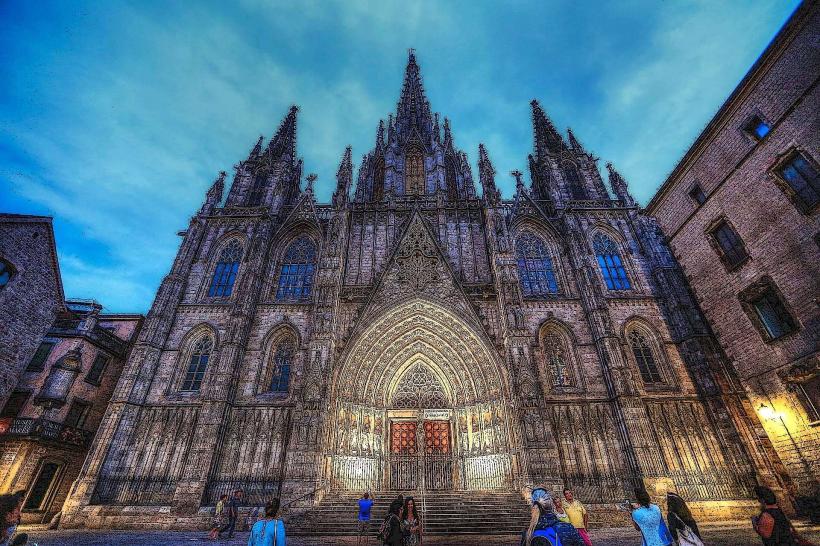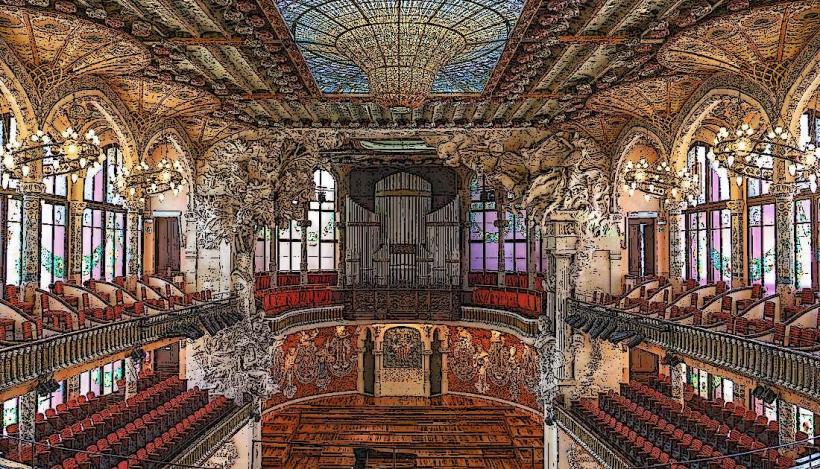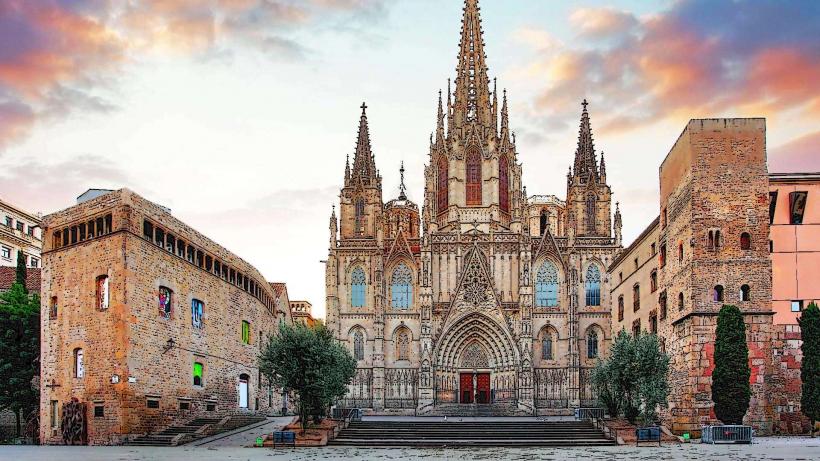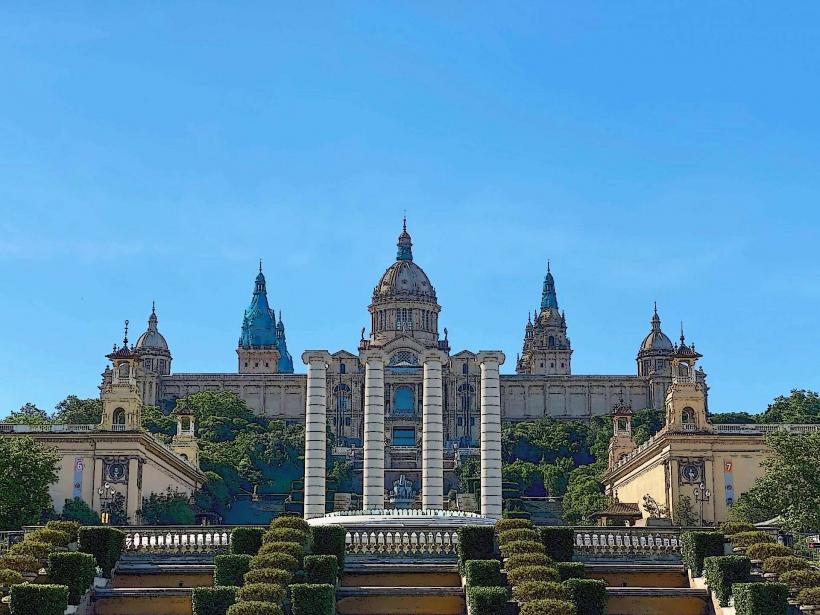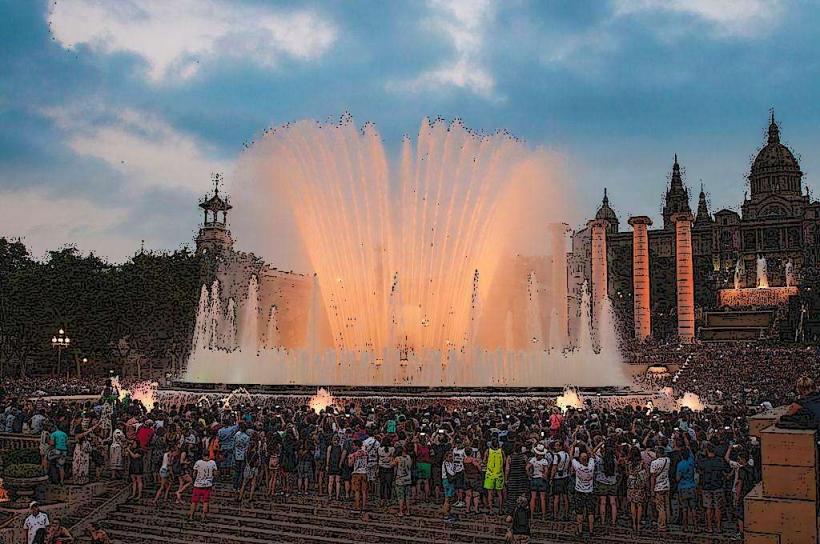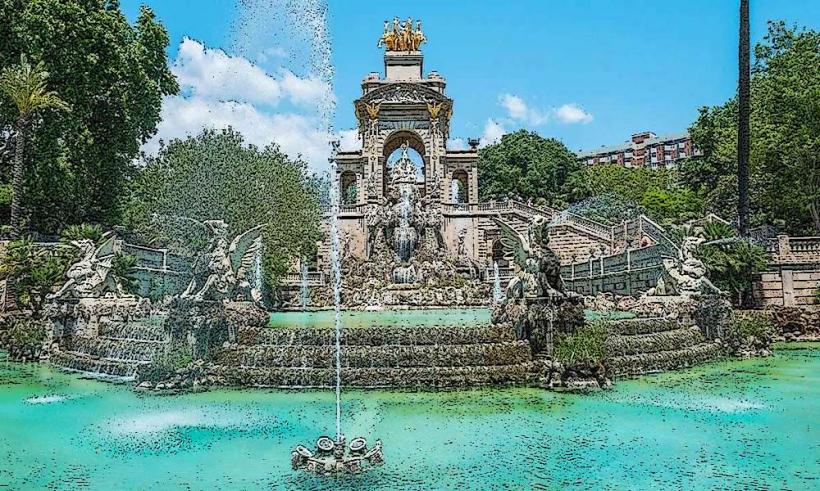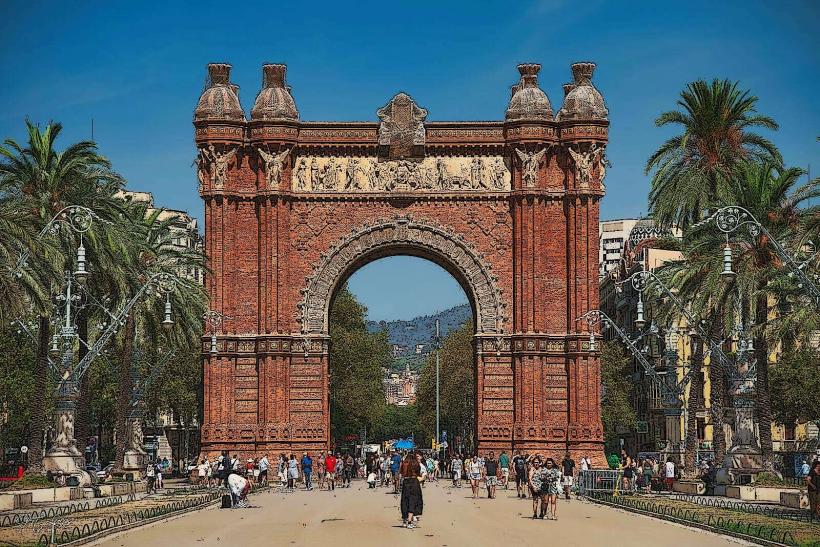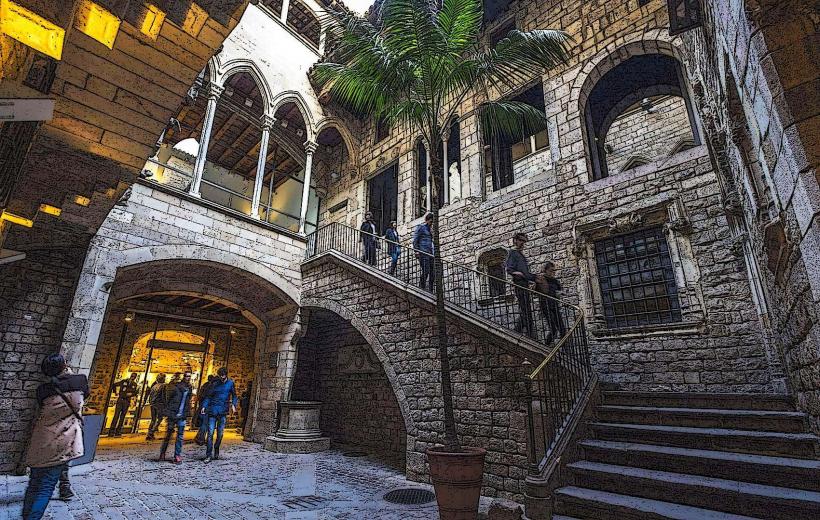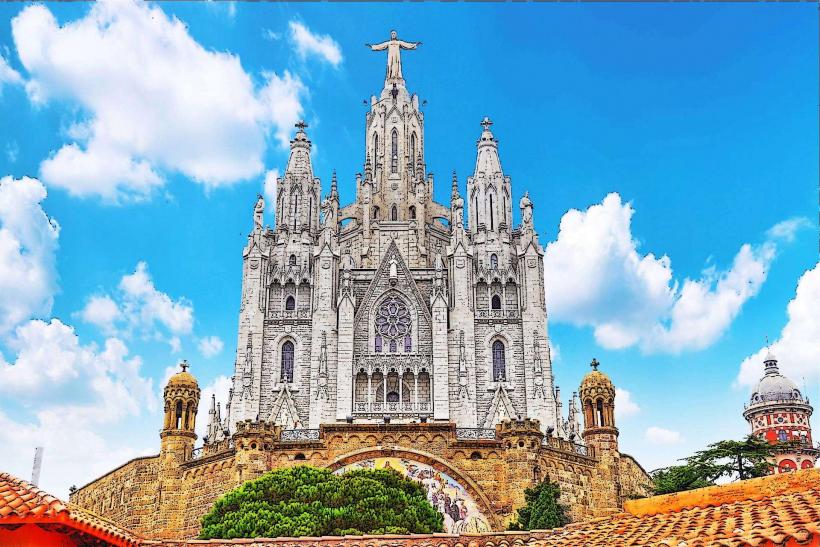Information
Landmark: Museo del ChocolateCity: Barcelona
Country: Spain
Continent: Europe
The Museu de la Xocolata (Museum of Chocolate) in Barcelona is a delightful and unique destination dedicated to the history, culture, and art of chocolate. Located in the El Born district, the museum is housed within the Convent de Sant Agustí, a former Augustinian monastery dating back to the 14th century. The museum is operated by Xocolaters de Barcelona, the city’s chocolate guild, and it provides a fascinating journey through the world of chocolate, from its ancient origins to its place in contemporary Spanish cuisine.
History and Origins of Chocolate
The museum traces the origins of chocolate, starting from its use by the ancient Mesoamerican cultures. The Maya and Aztec civilizations were among the first to use cocoa beans, not as a sweet treat, but as a bitter drink often mixed with spices or chili. The drink was consumed in ceremonial contexts, and the beans were so valuable that they were even used as currency.
When chocolate was introduced to Europe in the 16th century, it quickly became popular among the Spanish aristocracy, who began to add sugar to sweeten the drink. Over time, chocolate’s use spread across Europe, and it evolved into the solid, sweet confection we know today.
The Role of Chocolate in Catalan Culture
Chocolate has a long-standing tradition in Catalonia and Spain, particularly as a staple ingredient in traditional Spanish desserts. The Catalans are known for their love of chocolate, and it is a key part of the city’s culinary culture, especially in hot chocolate drinks served with churros (fried dough pastries), a popular breakfast or snack.
Barcelona’s chocolate heritage is closely linked to the city’s history of chocolate production. By the 18th century, the city became a major center for the manufacturing of chocolate in Spain, with many factories popping up in and around the city. The tradition of high-quality chocolate-making in Barcelona has continued into the present day, and the museum honors this legacy by showcasing the craftsmanship and artistry involved in chocolate production.
Exhibits and Highlights
The Museu de la Xocolata is both educational and interactive, providing a wide range of exhibits that explore the history, art, and science of chocolate.
1. The History of Chocolate
One of the first sections of the museum delves into the origins of chocolate, explaining how it was discovered by the Mesoamerican cultures and later adapted and spread through Europe. This part of the museum also includes an interesting display of chocolate-making tools and early recipes used by the Spanish.
2. The Chocolate Production Process
The museum walks visitors through the process of making chocolate, from the harvesting of cocoa beans to the refining, mixing, and molding that transforms the raw ingredient into the delicious product enjoyed around the world. Interactive displays allow visitors to learn about the various stages of chocolate production, and there are detailed explanations of the techniques used to make different types of chocolate, such as dark, milk, and white chocolate.
3. Chocolate Sculptures and Art
One of the highlights of the museum is its collection of chocolate sculptures. The museum regularly commissions chocolate artists to create intricate and imaginative sculptures entirely out of chocolate. Some of these sculptures are life-sized, while others are miniatures of famous figures, buildings, and landmarks. These edible masterpieces demonstrate the creativity and skill required to work with chocolate as an art form.
4. The Chocolate Workshop
The museum also offers a workshop experience, where visitors can get hands-on and learn how to make their own chocolate treats. These workshops are ideal for families, school groups, and anyone interested in learning more about the art of chocolate-making. Visitors can make their own chocolate truffles, bars, or other confections, all while learning about the techniques and ingredients involved.
5. Traditional Chocolate Products
Throughout the museum, there are displays of traditional Catalan chocolate products, such as chocolate-covered almonds, turrón (a nougat-like treat), and bombons (chocolate bonbons). These items are often sold in the museum shop, allowing visitors to take home a piece of Barcelona’s rich chocolate culture.
6. Temporary Exhibitions
In addition to its permanent collection, the Museu de la Xocolata also hosts temporary exhibitions that explore various aspects of chocolate culture, such as the role of chocolate in art, literature, and festivals, or even the use of chocolate in science and medicine. These exhibitions often feature collaborations with local chocolatiers, artists, and cultural institutions, ensuring that the museum remains a dynamic and evolving space.
Chocolate Tasting
A significant part of the museum experience is the opportunity to taste different varieties of chocolate. The museum has a café and chocolate shop where visitors can sample a variety of chocolates, including both traditional and innovative creations. Visitors can enjoy a cup of hot chocolate or choose from an array of chocolate pastries, chocolate bonbons, and other delicacies.
The museum often organizes tasting sessions where visitors can learn to distinguish between the different varieties of chocolate based on taste, texture, and ingredients. This adds an extra layer of sensory enjoyment to the visit.
The Shop
The museum shop offers a wide selection of chocolates and chocolate-themed products, making it the perfect place to pick up souvenirs or gifts. You can find artisan chocolates, chocolate bars, chocolate molds, and even chocolate-scented candles. Many of the items sold in the shop are produced by local chocolatiers, allowing visitors to take a piece of Barcelona’s rich chocolate heritage home with them.
Conclusion
The Museu de la Xocolata is a must-visit for chocolate lovers, history buffs, and anyone interested in the cultural significance of food. It combines education, entertainment, and tasting to create an immersive experience that appeals to visitors of all ages. Whether you're fascinated by the history of chocolate, interested in the production process, or simply looking for a sweet treat, the museum provides a deliciously enjoyable experience in one of Barcelona's most vibrant districts.

